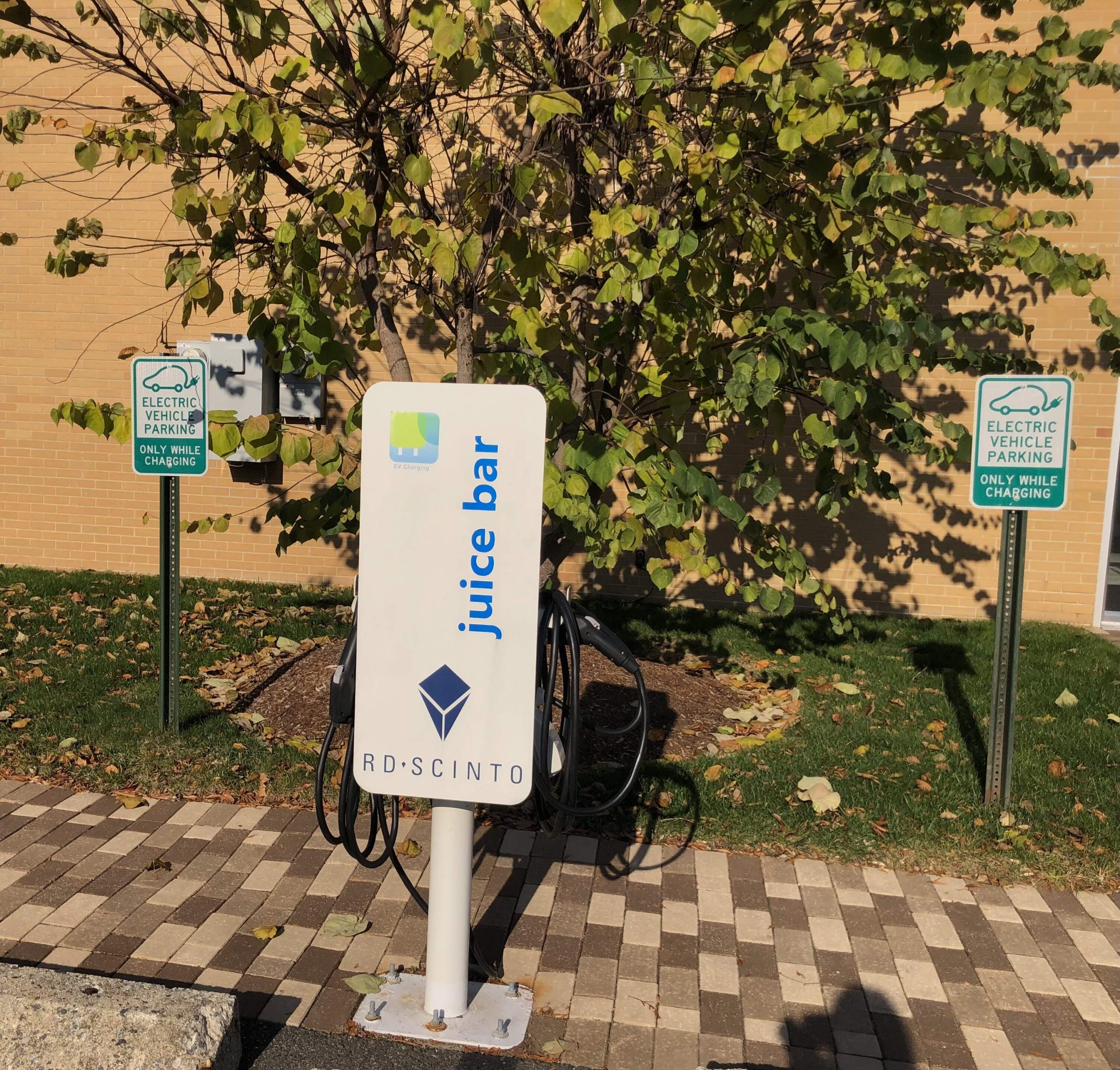Utility Charging Incentive Follow Up
We have been following up with the utilities on some of the outstanding questions. These are some specific items that came up at the meeting where the information was not available or incomplete. These are … Read more

